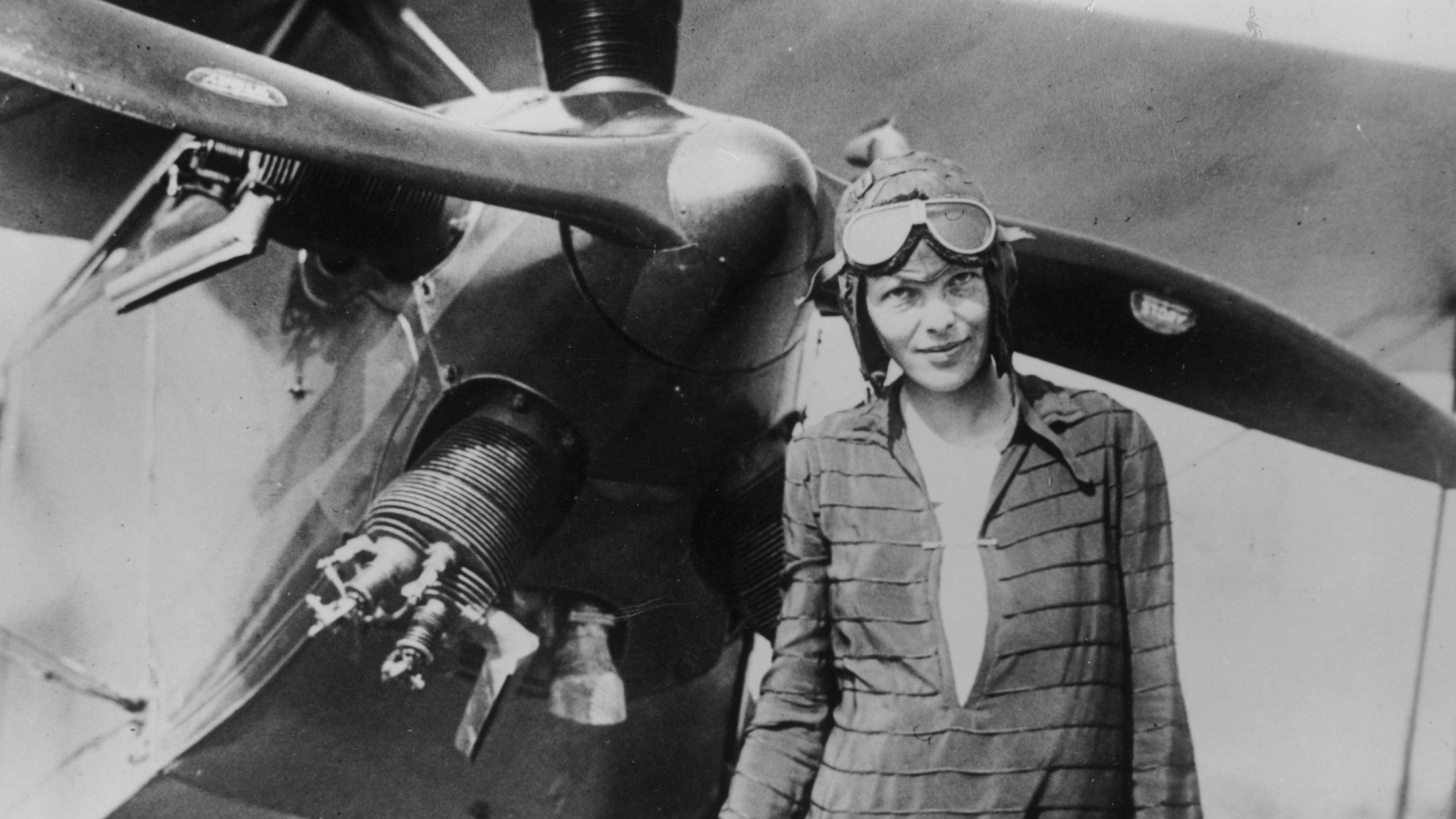In a revelation that has stunned historians, scientists, and aviation enthusiasts alike, researchers believe they may have finally uncovered the long-lost Lockheed Electra of aviation icon Amelia Earhart — a discovery that could solve one of the greatest mysteries in modern history. After nearly nine decades of speculation, the object, dubbed “The Taraia Object,” was detected in the shallow lagoon of Nikumaroro Island, a remote coral atoll in the western Pacific — the same area long rumored to have been Earhart’s final resting place.

The object was first spotted using advanced satellite imaging, revealing a haunting outline buried beneath years of coral and sediment — an aircraft-shaped shadow eerily consistent with the fuselage and tail design of Earhart’s Lockheed Electra 10E. When cross-referenced with aerial photographs taken in 1938, the similarities were unmistakable. Experts now believe the wreckage may have been lying just a few feet below the water’s surface all this time — hidden in plain sight, waiting to be rediscovered.
“It’s the most compelling lead we’ve ever had,” said Dr. Paul Greene, head of the Purdue University research team spearheading the investigation. “If this is Amelia’s Electra, we’re standing on the brink of rewriting history.”
A 16-member expedition, comprising archaeologists, divers, and aviation historians from Purdue University and the Archaeological Legacy Institute, is set to travel to Nikumaroro this November. Using cutting-edge sonar mapping, deep-water scanning drones, and forensic excavation techniques, they plan to examine the lagoon in unprecedented detail. The mission will not be easy: the region’s isolation, unpredictable weather, and the thick coral layers that have likely fused with the wreckage over time will make the operation both perilous and painstaking.

But the stakes are too high to ignore. For nearly a century, Earhart’s disappearance has haunted the world — spawning countless theories involving spy missions, crash landings, and even government cover-ups. Now, the Taraia Object may finally hold the answers. Early sonar readings show metal density and structural consistency matching aircraft-grade aluminum used in the 1930s. If confirmed, this would be the first physical proof of Earhart’s plane since her fateful final flight on July 2, 1937.
Amelia Earhart was more than a pilot — she was a rebel, a visionary, and a global symbol of courage. Her solo flights across the Atlantic and Pacific shattered the gender barriers of her time, earning her admiration across the world. When her plane vanished over the Pacific during her attempt to circumnavigate the globe, it left a wound in the collective imagination that never healed. The discovery of the Electra could finally give closure to a mystery that has fascinated and tormented generations.
Still, not everyone is convinced. Skeptics warn that the Taraia Object could be a Japanese reconnaissance aircraft, a wartime wreck, or even a coral formation distorted by ocean currents. “We’ve been here before,” said one veteran of previous Earhart expeditions. “Hope is powerful, but the Pacific hides her secrets well.”

Even so, anticipation for the upcoming expedition is reaching fever pitch. Social media is ablaze with theories, amateur sleuths are dissecting satellite images, and museums around the world are preparing for what could become the archaeological discovery of the century. If the Electra is found and identified, experts say fragments of the fuselage, radio equipment, or personal effects could shed new light on Earhart’s final hours — whether she crashed on impact, survived as a castaway, or sent out desperate distress calls before succumbing to the elements.
“It’s not just about solving a mystery,” said Greene. “It’s about honoring one of history’s bravest women — and finally giving her story an ending.”
As the world awaits the November expedition, one haunting question lingers in the air:
Is the Taraia Object the final resting place of Amelia Earhart — or just another mirage in the endless blue of the Pacific?
Whatever the answer, one thing is certain — the world is watching, and history itself may soon take flight once more.





